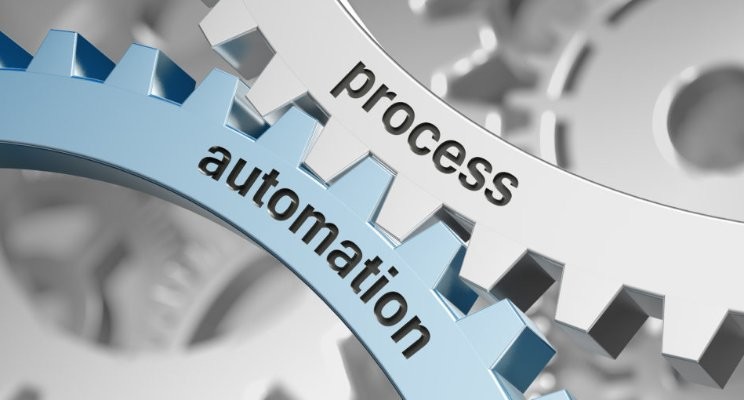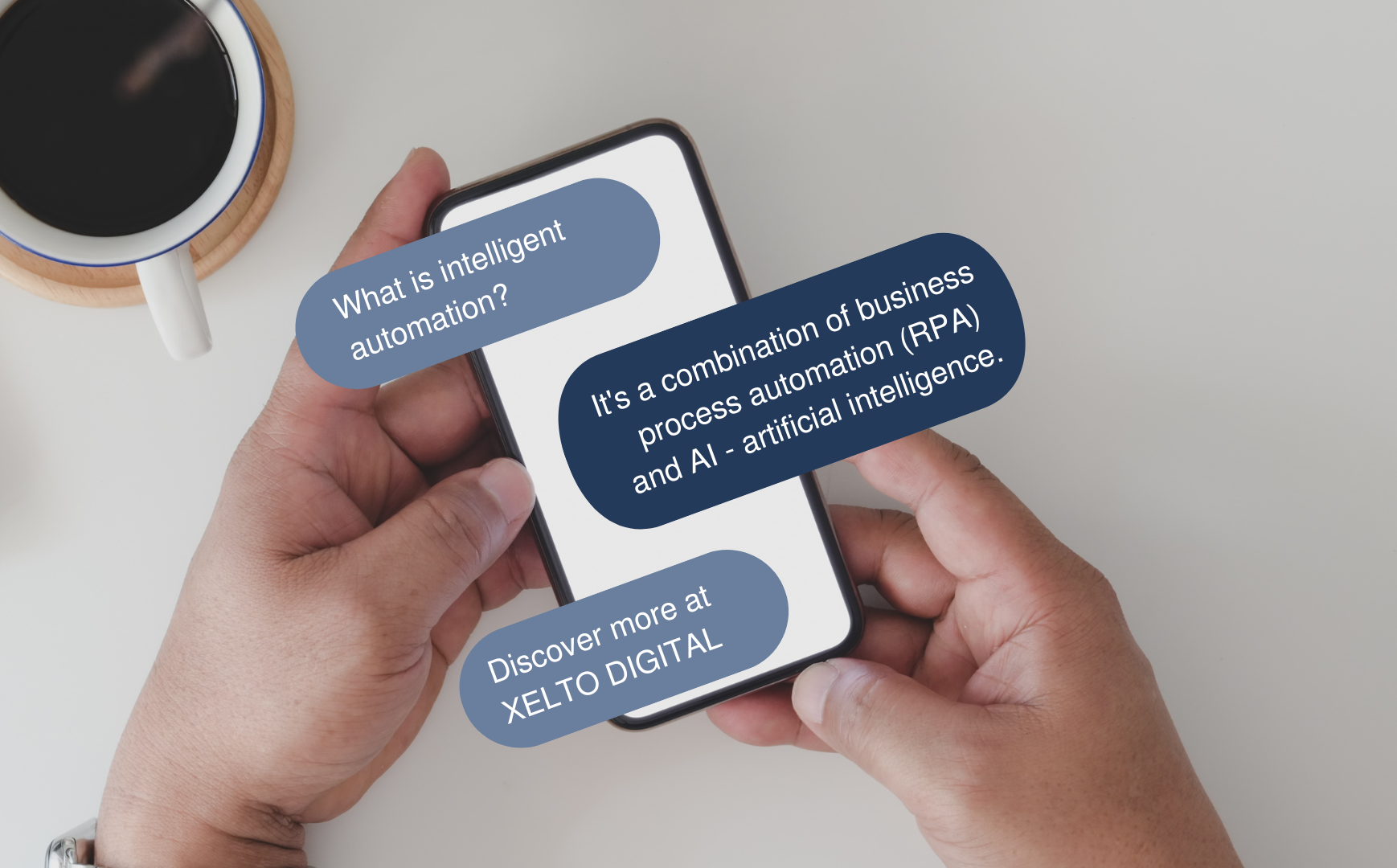
RPA’s role in regulatory compliance
What is the role of robotic process automation (RPA) in

What is the role of robotic process automation (RPA) in

Transforming the Business World: AI tools combined with robotization 🤖.

Automate invoice processing with XELTO DIGITAL robots 🤖📑. “Every Monday

The concept of RPA 2.0 is to combine the power

Traps of Generative Artificial Intelligence How business leaders can maximize

Examples of intelligent automation implementations at top companies💡 Intelligent process

Intelligent process automation – RPA and AI join forces 🤖

How does automation improve truck route optimization? 🚚🤖 We are